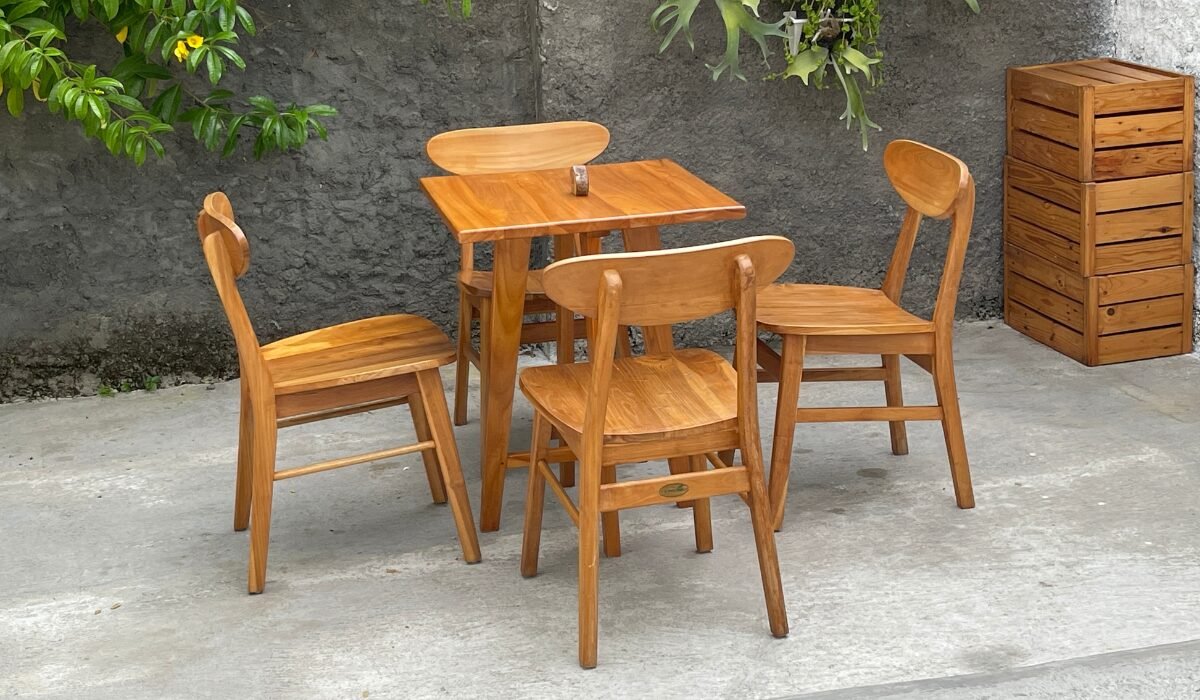In the dynamic and ever-evolving world of commercial outdoor spaces, providing consumers with safe and comfortable seating is crucial. This article examines the essential safety standards that commercial outdoor furniture needs to fulfill in order to ensure the users’ health and visual attractiveness. Manufacturers and company owners can create safe and hospitable outdoor areas by understanding these requirements.
SAFETY MATERIAL
Commercial outdoor furniture needs to be able to withstand a variety of weather conditions, such as wind, rain, snow, and direct sunlight. Corrosion-resistant and long-lasting materials like aluminum, stainless steel, and treated wood are commonly used. Additionally, UV-resistant coatings prevent fading and degradation of materials exposed to sunshine.
To lessen health risks, furniture should be made of non-toxic materials. This is particularly crucial for surfaces that are close to food and drink. Non-toxic paints, finishes, and treatments ensure that no harmful chemicals are released, even during the worst weather conditions.
INTEGRITY IN THE STYLE
Furniture must be designed to support a wide range of human weights without sacrificing structural integrity. To make sure they can sustain both static and dynamic loads, chairs, tables, and benches must go through a rigorous testing process. A safety factor, which ensures the furniture can support more weight than it would typically encounter, is often required by standards.
Stability is necessary to prevent tipping and other mishaps. Tables and chairs should have a low center of gravity and a wide base to increase stability. Weight distribution and anti-tip devices are crucial during the design and testing phases.
ERGONOMIC
Ergonomic design ensures comfort and reduces the risk of strain or damage with prolonged use. This addresses seat height, backrest angle, and armrest location. Table heights ought to be able to be adjusted to accommodate different chair types and user heights.
SAFETY FROM FIRE
Commercial outdoor furniture needs to be fireproof, especially in areas where smoking, grilling, and other fire-related activities occur. Among the materials required are metal, treated wood, and textiles that are resistant to flames. Local fire laws and regulations, which often need strict certification and testing, must be followed.
TAKING THE ENVIRONMENT INTO ACCOUNT
The use of sustainable practices in material selection and production processes is becoming more and more important. Using recycled materials and ensuring that furniture is recyclable at the end of its life cycle can help reduce its environmental impact.
High environmental standards are demonstrated by certifications such as LEED (Leadership in Energy and Environmental Design).
Avoid using chemicals that are harmful to the environment and instead employ eco-friendly paints and treatments. Because solvent-based paints and sealants may emit volatile organic compounds (VOCs), water-based paints and sealants are preferable.
UPKEEP AND STURDINESS
Business outdoor furniture should be easy to clean and maintain. The best materials are resistant to mildew, mold, and staining. Hygiene and aesthetic appeal may be maintained with wipeable surfaces and detachable, machine-washable cushions.
Durability extends an item’s lifespan, reducing the need for replacements. Furniture constructed using high-quality materials and construction techniques will last years of severe weather and use. As proof of the durability of their furniture, manufacturers usually offer guarantees.
ACCORDANCE TO THE STANDARD
Following industry standards, such as those set by the American Society for Testing and Materials (ASTM) and the International Organization for Standardization (ISO), ensures that the furniture meets strict safety and quality requirements. These standards address everything from safety and environmental impacts to material properties and structural integrity.
It is essential to abide by local laws and ordinances. This includes fire safety standards, accessibility requirements (including those outlined in the Americans with Disabilities Act, or ADA), and local laws pertaining to public spaces.

